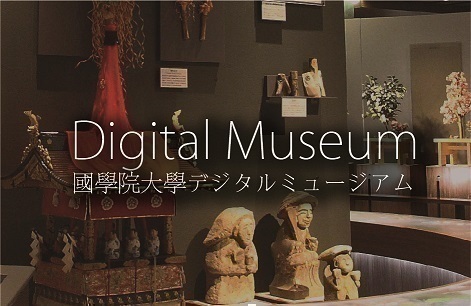- トップ
- Encyclopedia of Shinto
- Kishōmon
Encyclopedia of Shinto
| Main Menu: | |
| Links: |
詳細表示 (Complete Article)
| カテゴリー1: | 6. Belief and Practice |
|---|---|
| カテゴリー2: | Divination and Supplication |
| Title | Kishōmon |
| Text | When people form an agreement over a certain matter, they draw up a kishōmon, or "written pledge," to swear to the Shinto and Buddhist deities that they are not falsely representing the truth and will not violate the pledge. It is also simply called a kishō. The format of a kishōmon begins with a description of the terms of the pledge, called a "preface" (zensho) because it precedes the pledge itself. It is followed by what is called either the "sacred pledge" (shinmon) or "punishment article" (batsubun), which lists the Shinto and Buddhist deities in which the pledging parties have faith and which states that, if the pledge is broken, the violating party will not object to being punished by the aforementioned deities. A kishōmon is thus a testament based on the authority of deities. From the end of the Kamakura period, as means of expressing the firm will of the pledging parties, kishōmon were written on the back surface of a paper "talisman" (gofu 護符) stamped with the "Goō Jewel Seal" (Goō hōin). Due to this practice, the drafting of a kishōmon was sometimes called "turning over the hōin" (hōin wo hirugaesu). The Goō hōin talismans were issued by shrines and temples throughout Japan, but those of the "three shrines of Kumano" (Kumano sanzan) were used in the greatest number. Recent research has pointed out that the type of Goō hōin talisman selected for use as paper for writing kishōmon varied with the gravity of the terms of the pledge. — Shimazu Norifumi |




